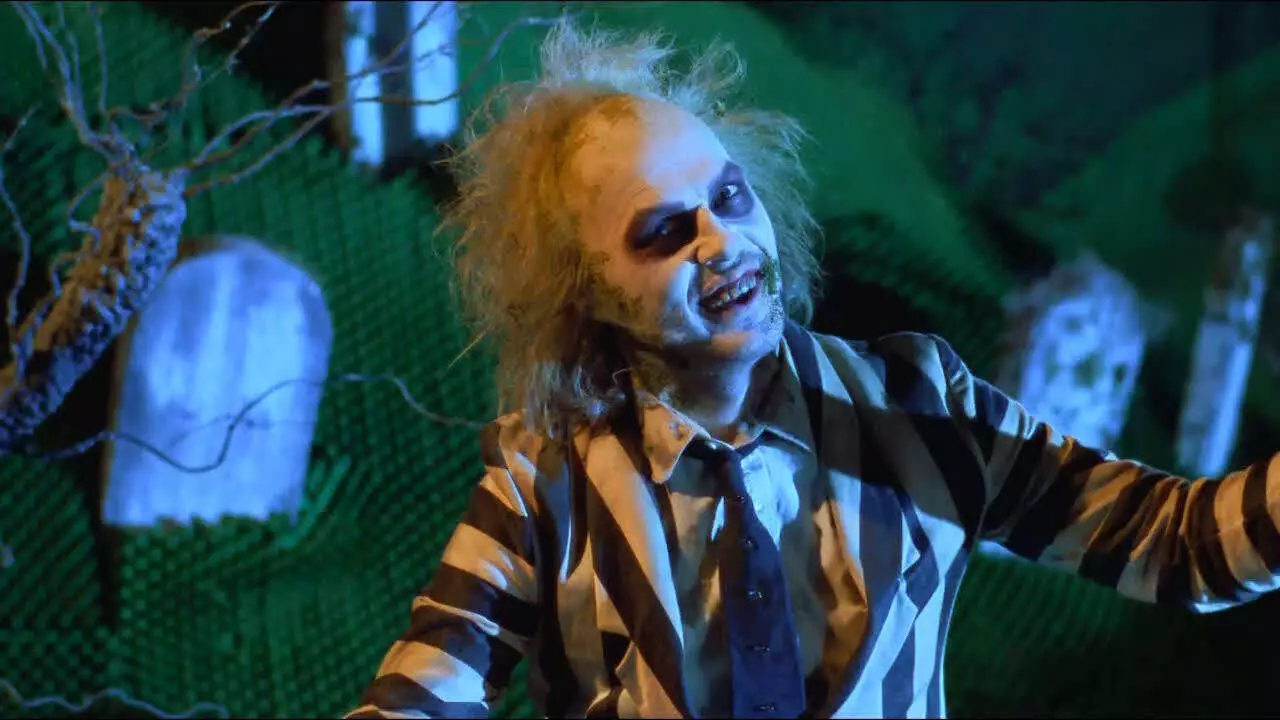The recent sequel to the cult classic “Beetlejuice” has proven to be an impressive financial success, raking in an astonishing $264 million globally within its initial two weeks of release. Originally, discussions about launching the film on Warner Bros.’ streaming platform, Max, gained traction. However, these conversations fizzled out swiftly. Co-chair Pamela Abdy emphasized that Tim Burton, the film’s visionary director, could never endorse a streaming release for a project that demanded the grandeur of a cinematic experience. This insistence on a theatrical release underscores the importance of film as an art form, distinguishing it as something worthy of being celebrated on the big screen rather than being relegated to a smaller format.
The path leading to this sequel was rife with challenges, stretching over a decade of meticulous planning and conceptual revisions. Warner Bros. and Burton devoted significant time to explore various creative directions, including a now-abandoned concept titled “Beetlejuice Goes Hawaiian.” Such iterations highlight the complexities inherent in maintaining the original film’s charm while trying to innovate and resonate with contemporary audiences. Burton’s creativity is notably showcased in his collaboration on Netflix’s “Wednesday,” where he directed several episodes, bridging nostalgia with modern storytelling techniques.
The project faced considerable financial scrutiny; the film’s initial budget estimations soared to $147 million—a figure heavily influenced by star salaries and production costs. However, Abdy and co-chair Michael De Luca recognized the need for fiscal responsibility in order to secure a theatrical release. By collaborating closely with Burton, they negotiated a reduced budget of $99 million, moving below the intriguing $100 million mark. This maneuver included agreements with cast and crew for back-end deals tied directly to the film’s box office performance. Such strategic decision-making reflects a growing trend in the industry where financial feasibilities are weighed alongside artistic visions.
A Box Office Phenomenon
The choice to prioritize a theatrical release has undeniably paid dividends, as evidenced by the film’s impressive box office results. With over $190 million earned domestically and an ongoing upward trajectory, the sequel has quickly ascended, earning praise from both audiences and critics alike. Predictions indicate that it is on the cusp of surpassing the $200 million mark in the near future—a significant milestone that speaks to its popularity. The excitement within Warner Bros. following the successful launch was palpable, with De Luca sharing jubilant reflections on the collective celebration among the studio’s team.
Apart from its box office triumph, the appeal of “Beetlejuice” also lies in its nostalgic roots. Fans of the franchise can now relive the magic of the original by acquiring the classic film on 4K Blu-ray and exploring the newly available DVD box set featuring the beloved animated series. This multifaceted approach to engaging audiences—by not only introducing new material but also celebrating legacy content—ensures that “Beetlejuice” remains a relevant and cherished part of popular culture. The success of the sequel encapsulates a triumph not just for the filmmakers but also for the enduring legacy of this beloved character.


Leave a Reply